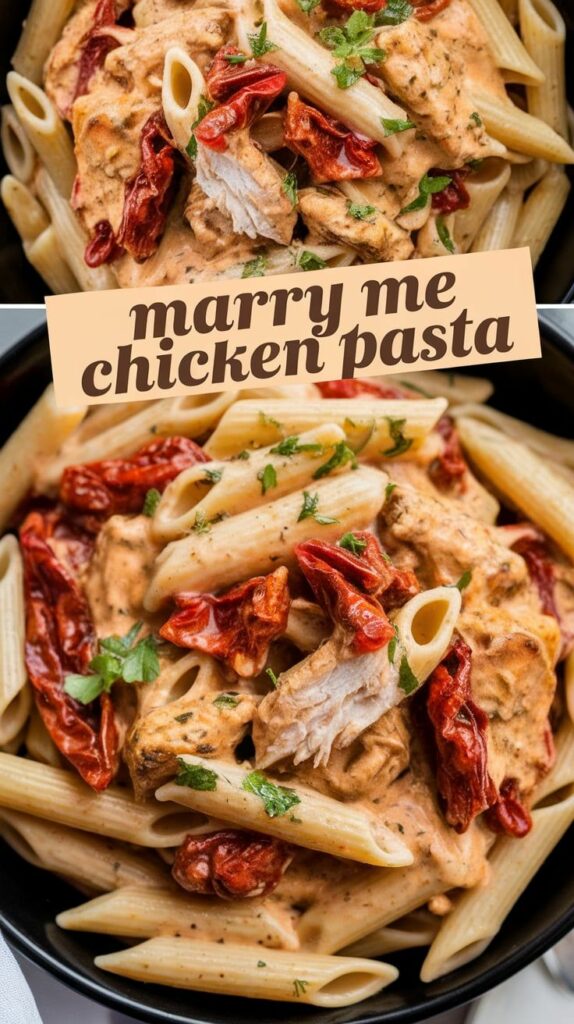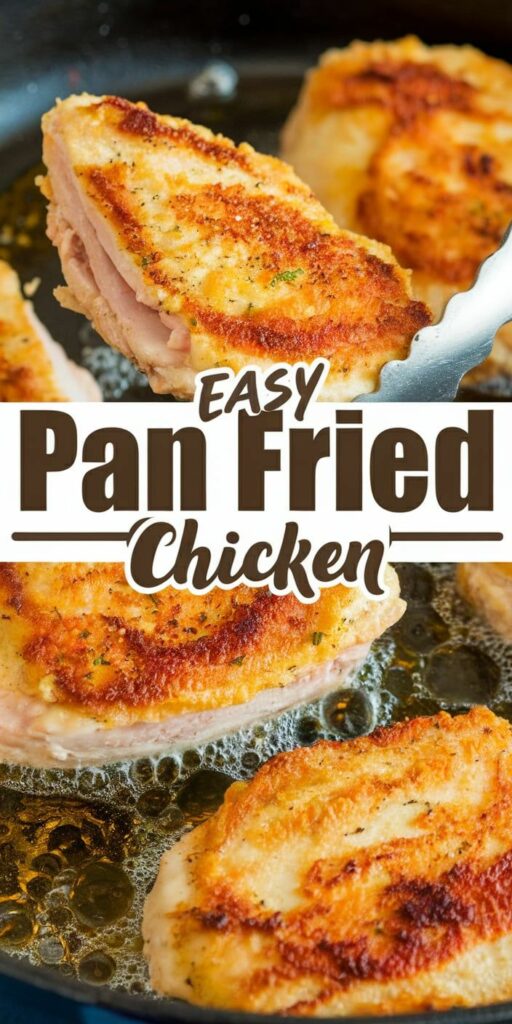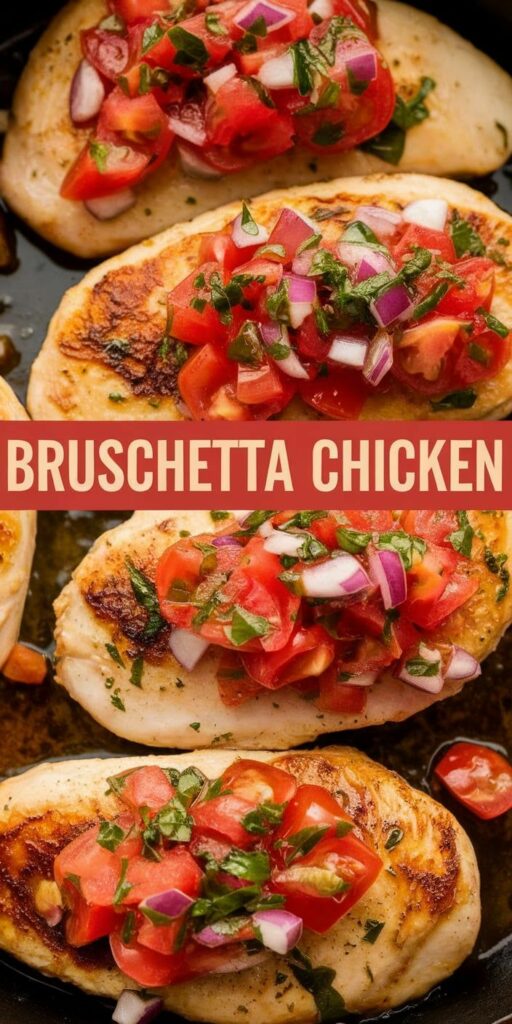Welcome to the world of homemade focaccia, where traditional Italian bread meets the magic of sourdough! I’m excited to share my passion for creating the most incredible sourdough focaccia recipe that will transform your home baking experience.
Focaccia isn’t just bread – it’s a culinary journey that connects you to centuries of Italian baking tradition. This versatile Italian bread offers a perfect canvas for creativity, allowing home bakers to explore unique flavors and techniques that make each loaf truly special.
My sourdough focaccia recipe brings together simple ingredients and time-honored techniques to create a bread that’s crispy on the outside, soft on the inside, and bursting with authentic flavor. Whether you’re a seasoned baker or a curious beginner, this recipe will guide you through crafting a remarkable homemade focaccia that will impress family and friends.
Get ready to dive into a baking adventure that combines the tangy depth of sourdough with the classic charm of traditional Italian bread. Your kitchen will soon be filled with the irresistible aroma of freshly baked focaccia!
The Magic Behind Traditional Sourdough Focaccia
Focaccia represents far more than just a simple bread. This traditional Italian staple carries centuries of culinary history and remarkable nutritional value. From the sun-drenched kitchens of Mediterranean regions to modern bakeries worldwide, traditional focaccia continues to captivate food lovers with its rich flavor and versatile nature.
Origins of Italian Focaccia Bread
The story of focaccia begins in ancient Rome, where soldiers would bake a flatbread called “panis focacius” using simple ingredients like flour, salt, and olive oil. Baked on the hearth of a fire, this bread became a staple for travelers and working-class communities across Italy.
- Originated in Roman times
- Evolved from basic military bread
- Deeply rooted in Mediterranean culinary traditions
Why Choose Sourdough for Focaccia
Sourdough brings extraordinary depth to traditional focaccia. By using natural fermentation, bakers create a bread with complex flavors and improved digestibility. The slow fermentation process breaks down gluten, making sourdough benefits particularly appealing for those with mild wheat sensitivities.
| Sourdough Characteristic | Benefit |
|---|---|
| Natural Fermentation | Enhanced Flavor Profile |
| Longer Fermentation Time | Improved Digestibility |
| Wild Yeast | Lower Gluten Complexity |
Health Benefits of Fermented Bread
Fermented bread offers remarkable nutritional advantages. The fermentation process increases nutrient availability, potentially introduces beneficial probiotics, and creates a more gut-friendly bread option. Sourdough’s slower fermentation helps reduce phytic acid, making minerals more accessible to our bodies.
- Increased nutrient absorption
- Potential probiotic content
- Lower glycemic index compared to standard breads
Essential Ingredients for Sourdough Focaccia Recipe
Creating the perfect sourdough focaccia starts with selecting high-quality flour and the right focaccia ingredients. I’ve learned through years of baking that each ingredient plays a crucial role in developing incredible flavor and texture.
The foundation of any great sourdough focaccia is a vibrant sourdough starter. This living culture brings depth and complexity to the bread, transforming simple ingredients into a memorable culinary experience.
- Bread flour (protein content: 12-14%)
- Active sourdough starter
- Extra virgin olive oil
- Sea salt
- Filtered water
When choosing flour, I recommend King Arthur or Central Milling organic bread flour. These brands provide consistent protein levels essential for developing gluten structure. The high-quality flour ensures your focaccia will have a tender crumb and beautiful golden crust.
My preferred sourdough starter is a 100% hydration wheat-based culture, which provides robust fermentation and complex tangy notes. For the best results, ensure your starter is active and bubbly before mixing the dough.
Salt and olive oil are not just seasoning – they’re critical flavor enhancers. I use Maldon sea salt for its delicate texture and extra virgin olive oil from California for its rich, fruity profile. These ingredients elevate your focaccia from good to extraordinary.
Kitchen Tools and Equipment You’ll Need
Crafting the perfect sourdough focaccia requires more than just great ingredients. The right focaccia baking tools can transform your bread-making experience from good to exceptional. I’ll guide you through the essential baking equipment you’ll need to create a delicious homemade focaccia.
Must-Have Focaccia Baking Tools
Every home baker should have these fundamental tools in their kitchen:
- Large mixing bowl (preferably glass or ceramic)
- Measuring cups and spoons
- Flexible silicone spatula
- Kitchen scale for precise measurements
- Bench scraper
Optional but Helpful Baking Equipment
While not mandatory, these tools can elevate your focaccia-making skills:
- Stand mixer with dough hook
- Digital instant-read thermometer
- Proofing basket
- Dough whisk
Proper Baking Vessels
Selecting the right focaccia pan is crucial for achieving that perfect crispy bottom and soft interior. I recommend the following options:
| Baking Vessel | Pros | Best For |
|---|---|---|
| Rimmed Baking Sheet | Versatile, easy to clean | Beginners, home bakers |
| Traditional Focaccia Pan | Authentic shape, even heating | Authentic Italian-style focaccia |
| Cast Iron Skillet | Excellent heat retention | Crispy bottom crust |
Preparing Your Active Sourdough Starter
Creating a vibrant sourdough starter is crucial for making delicious focaccia. My journey with sourdough starter maintenance has taught me that consistency is key to developing a healthy, active starter.
To begin your sourdough adventure, you’ll need a few basic ingredients and some patience. Sourdough starter maintenance involves a regular feeding schedule that keeps your culture alive and powerful.
- Start with equal parts flour and water (typically whole wheat or rye works best)
- Use a clean glass jar for storing your starter
- Maintain room temperature between 70-80°F
Your active starter requires daily attention. I recommend a consistent feeding schedule to ensure it remains robust and ready for baking. Here’s a simple routine:
- Discard half of your existing starter
- Add equal weights of fresh flour and filtered water
- Mix thoroughly until smooth
- Let it rest at room temperature
Signs of a healthy active starter include:
- Bubbly texture
- Slight tangy aroma
- Doubles in size within 4-8 hours after feeding
Pro tip: Always use clean utensils and watch for any unusual colors or odors that might indicate bacterial growth. With practice, you’ll develop an intuitive sense of your starter’s needs and create the perfect base for your focaccia.
Step-by-Step Sourdough Focaccia Recipe
Creating the perfect sourdough focaccia is an art that combines precise techniques with patience. I’ll walk you through each stage of crafting this delicious Italian bread, focusing on the critical steps that transform simple ingredients into a spectacular result.
Mixing Your Focaccia Dough
The foundation of an exceptional focaccia starts with understanding the fermentation process. I begin by combining my active sourdough starter with high-protein bread flour, water, and a pinch of salt. The key is achieving a wet, sticky focaccia dough that will develop beautiful texture and flavor.
- Use room temperature ingredients
- Mix until ingredients are just incorporated
- Avoid overmixing the dough
Master Folding Techniques
Folding techniques are crucial for developing gluten and creating an airy, light focaccia. I perform a series of gentle stretch and fold methods during the initial fermentation. This process helps build strength in the dough and incorporates air, which results in those signature focaccia texture pockets.
- Wet your hand to prevent sticking
- Gently lift and fold the dough over itself
- Rotate the bowl and repeat 4-6 times
Final Proofing and Signature Dimpling
The final stage transforms your focaccia from simple dough to a stunning bread. I transfer the dough to an olive oil-coated pan, allowing it to rise and develop flavor. The classic dimpling technique not only creates the bread’s iconic look but also helps trap delicious olive oil and toppings.
- Let dough rise at room temperature
- Use fingertips to create deep, generous dimples
- Drizzle with high-quality olive oil
Creative Topping Ideas and Flavor Combinations
Transforming your sourdough focaccia into a culinary masterpiece starts with exploring exciting focaccia toppings. The beauty of this versatile bread lies in its ability to showcase a wide range of flavors and ingredients.
Classic herb focaccia never goes out of style. I recommend starting with traditional toppings that bring out the best in your sourdough base:
- Rosemary and coarse sea salt
- Sliced cherry tomatoes and fresh basil
- Caramelized onions and thyme
- Garlic and roasted red peppers
For those seeking more adventurous savory focaccia options, consider these gourmet combinations:
- Goat cheese with sun-dried tomatoes
- Kalamata olives and feta
- Prosciutto and fresh arugula
- Roasted garlic and parmesan
When adding toppings, remember to press them gently into the dough before baking. This ensures they stick and create a beautiful, flavorful surface. Experiment with different combinations to discover your personal favorite focaccia toppings.
Pro tip: Always drizzle high-quality extra virgin olive oil over your focaccia before and after baking to enhance the flavors and create a crispy, golden crust.
Troubleshooting Common Focaccia Problems
When diving into sourdough focaccia baking, you might encounter a few challenges. Focaccia troubleshooting can help you transform a potential baking disaster into a delicious success. Dense bread texture is often the most frustrating issue home bakers face.
Bread texture issues typically stem from starter health or incorrect fermentation. If your sourdough focaccia lacks rise, check your starter’s activity level. A weak starter won’t provide the necessary lift for light, airy bread. I recommend feeding your starter consistently and ensuring it’s bubbly and active before mixing your dough.
Baking problems like overbaking or underbaking can be tricky. An oven thermometer helps ensure accurate temperature. Watch for a golden-brown crust and listen for a hollow sound when tapping the bottom of your focaccia. If the bread seems too dense or wet in the center, extend baking time in small increments while covering the top with foil to prevent excessive browning.
Practice makes perfect with sourdough focaccia. Each bake teaches you something new about fermentation, hydration, and technique. Don’t get discouraged by initial setbacks – every professional baker started exactly where you are now.



